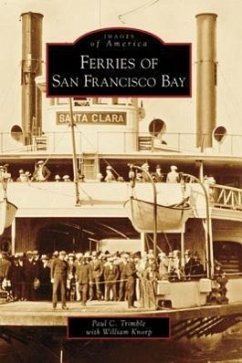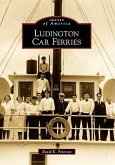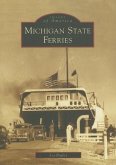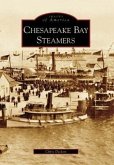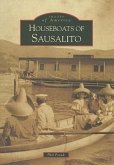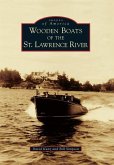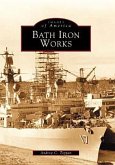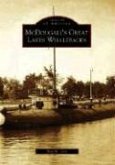Decades before San Francisco Bay was crisscrossed by bridges, an extensive network of ferries plied these green waters, moving passengers, vehicles, and freight between San Francisco, Alameda, Marin, Solano, Sonoma, and Contra Costa Counties. Very few of the ferries survive today, but at one time, elegant and sturdy vessels like the Santa Clara, Sacramento, Encinal, Eureka, Oakland, and Tamalpais ruled the waves and supported the critical commerce of this region. From the early days of single-enders, double-enders, stern-wheelers, and side-wheelers burning coal and crude oil, to more modern designs of diesel-powered craft, these vessels have long been an important link in Bay Area transport, along with their railway connections. Equipped with up to four decks, the ferries' cargoes included commuters, livestock, automobiles, mail, convicts, express packages, and even entire railroad trains.
Hinweis: Dieser Artikel kann nur an eine deutsche Lieferadresse ausgeliefert werden.
Hinweis: Dieser Artikel kann nur an eine deutsche Lieferadresse ausgeliefert werden.

